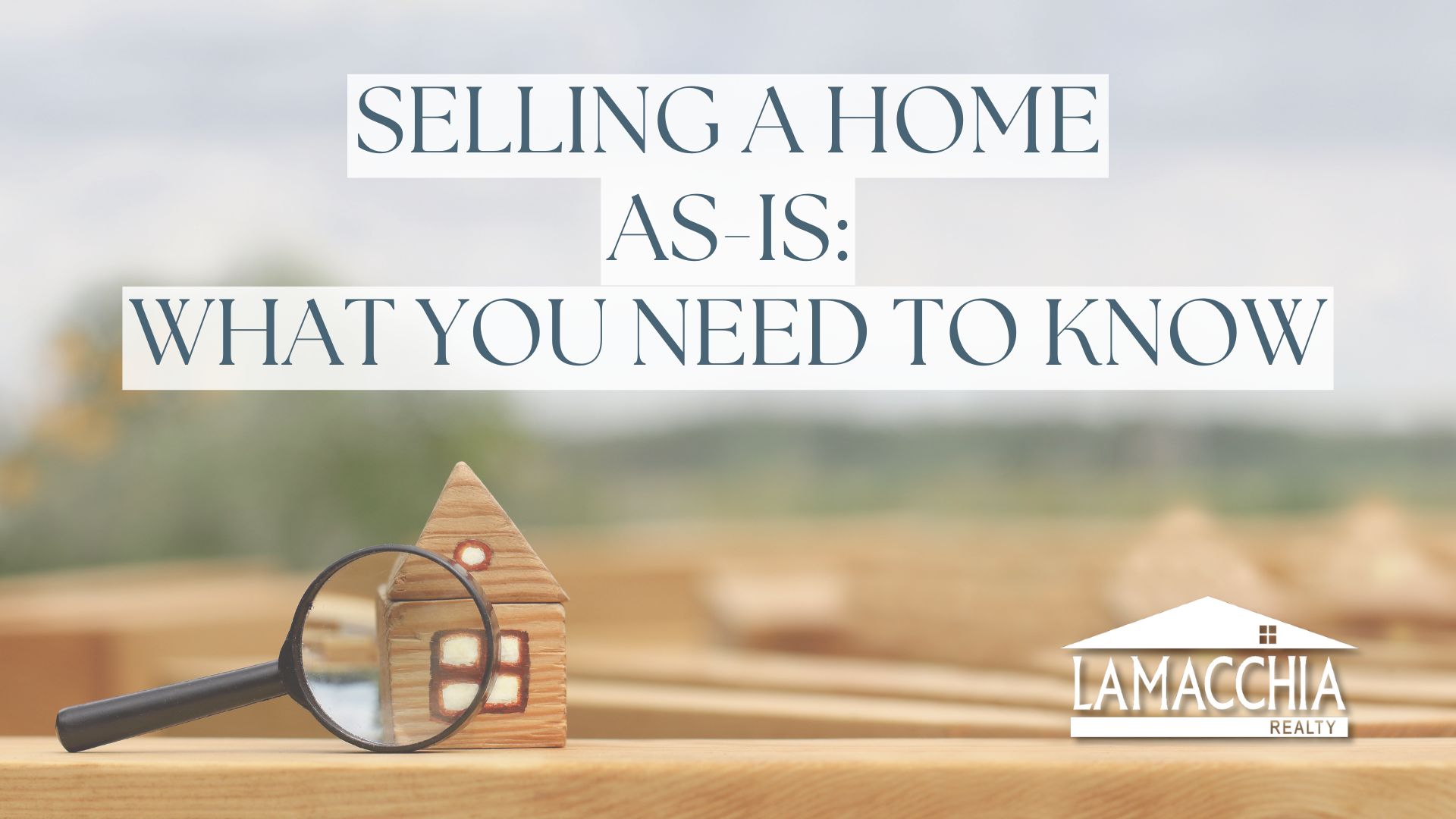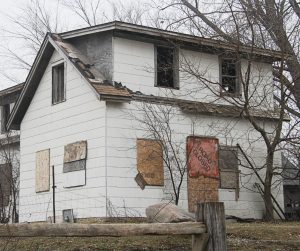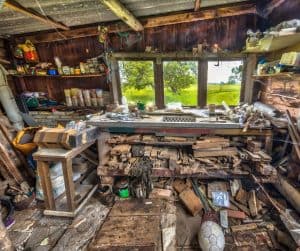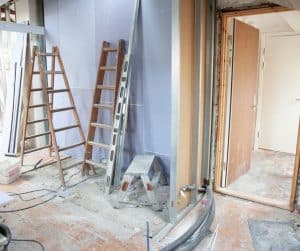
 Selling a house as-is might seem like an easier route compared to traditional home-selling methods, but it comes with its own set of challenges for homes in disrepair. An “as-is” home is one being sold in its current condition, often with visible signs of neglect, lack of upkeep, or necessary repairs that the seller is not willing to fix before closing. Whether you’re a homeowner or an agent wanting to know more about as-is properties, it’s important to understand the potential risks, how home inspections may play out, and what to expect when selling or purchasing a home in its current condition. In this blog, we’ll walk through what it means to sell a home as-is, potential hurdles you might face, and tips on how to navigate the process.
Selling a house as-is might seem like an easier route compared to traditional home-selling methods, but it comes with its own set of challenges for homes in disrepair. An “as-is” home is one being sold in its current condition, often with visible signs of neglect, lack of upkeep, or necessary repairs that the seller is not willing to fix before closing. Whether you’re a homeowner or an agent wanting to know more about as-is properties, it’s important to understand the potential risks, how home inspections may play out, and what to expect when selling or purchasing a home in its current condition. In this blog, we’ll walk through what it means to sell a home as-is, potential hurdles you might face, and tips on how to navigate the process.
What Does Selling As-Is Really Mean?
When a home is sold as-is, the seller shows that the property will not be repaired or renovated before the sale. The buyer is purchasing the home in its current state, accepting any defects or issues that may be present. This can be appealing to sellers who want to avoid costly repairs, but it usually means the home will be sold for less than what the market value would be if it were maintained or in pristine condition It also can be appealing to buyers who specialize in DIY-ing and remodeling homes.
 Common Reasons for Selling As-Is
Common Reasons for Selling As-Is
- Financial strain: The seller might not have the funds to repair their home, which can limit their ability to make it market-ready and potentially reduce the home’s appeal/value to buyers.
- Inheritance: In some cases, a house may be sold as-is after being inherited, and the new owner may not want to invest in the home and its needed repairs.
- Time constraints: A seller might want to quickly get rid of the house due to unforeseen circumstances such as loss, divorce, foreclosure, or job relocation.
Potential Pitfalls When Selling As-Is
- Lower offers: Buyers tend to offer less for a home that is sold-as is. Without the promise of repairs or improvements made by the seller, they may not want to go through with the purchase.
- Unsure Buyers: Some buyers are reluctant to buy a home as-is because of the fear of hidden or unknown issues that may arise after the inspection and purchase.
- Financing issues: If a home is in poor condition, it may be uninhabitable or unsafe and may not meet the requirements for conventional loans. Buyers may either have to pay out of pocket or to find alternative financing options.
- Legality: If a seller fails to disclose any issues with the property, they could face legal repercussions. Sellers have to be honest and upfront about any known issues, even if the house is being sold as-is.
Home Inspections: What to Expect
When a buyer agrees to purchase a house as-is, they may still request a home inspection to see the whole picture. Every inspection process is crucial because it provides the buyer with a clearer picture of the home’s condition. However, because the sale is “as-is,” the inspection is often more of a formality. Here’s what to expect:
- Thorough Inspection: The inspectors will perform a very thorough inspection throughout the entire property, including the roof, foundation,
 plumbing, electrical systems, and more. They will highlight any major issues and notify the potential buyers about the property’s assessment.
plumbing, electrical systems, and more. They will highlight any major issues and notify the potential buyers about the property’s assessment. - Negotiating: Since the home is being sold as-is, there typically is no room for negotiation about repairs after the inspection. Since the seller most likely will no longer be contributing to the home in any way, it is up to the buyer whether they are comfortable with the inspection results and if they want to move forward or back out.
- Extra Costs: In some cases, some buyers may ask for a reduction in price because of the severity of the findings from the inspection, if they can’t request repairs to be made by the seller. Sellers will need to prepare for this situation and determine if they are willing to lower the sale price if the repairs are more expensive than they imagined.
Left Behind Items
- Personal Belongings: It is typical for a seller to leave behind furniture, clothing, or older appliances when selling a home as-is. It’s important to keep in mind that when a home is being sold as-is, that includes EVERYTHING inside as well. As a buyer, it’s good to be aware of that and to be responsible for their upkeep or removal.
- Legal Considerations: In some areas, there are legal requirements of what is and is not allowed to be left behind when selling a home as-is. Buyers may expect the property to not contain any personal belongings, but that is based on what is agreed upon between the buyer and seller, or location and laws.
As-Is vs. Traditional Sale Process
 Selling a property as-is can be a quicker process compared to a traditional transaction, but it isn’t always guaranteed. Because no repairs or renovations are being made by the sellers, the transaction can close quicker. Some buyers may be intentionally looking for a fixer-upper or a potential property flip and will make quicker offers to a home being sold as-is to get started on their project as soon as they can.
Selling a property as-is can be a quicker process compared to a traditional transaction, but it isn’t always guaranteed. Because no repairs or renovations are being made by the sellers, the transaction can close quicker. Some buyers may be intentionally looking for a fixer-upper or a potential property flip and will make quicker offers to a home being sold as-is to get started on their project as soon as they can.- As-is properties also have a significantly smaller number of showings and offers as compared to a typical listing, due to them not being “move-in ready” or potentially not being safe or ready for walkthrough viewings. This is why as-is homes are typically bought by investors or cash buyers to quicken the process and bypass financing. This could also lead to lower offer prices, but every case is different.
Tips for Selling an As-Is Home
- Price It Right: Be realistic about the home’s value. It is not going to sell as high as traditionally listed homes, but it still has monetary value. Remember that you are selling it in its current condition, which means you may not get an offer of what you think it is worth.
- Disclose It All: Be 100% transparent about any known issues with the home. Failing to disclose issues that you are aware of and going through with selling it may cause legal issues down the road. Be truthful, honest, and upfront about anything wrong with the house.
- Clean Up: Although a home is being sold as-is, if you have the capacity to, take the time to clean up the home, such as by removing trash or debris. It can help boost its appeal and help attract more buyers if the home is in a clean condition.
- Work With an Experienced Agent: It is crucial to work with a REALTOR® who knows the ins and outs of as-is transactions. They will assist you in navigating the market, attracting the right buyers, and accepting the right offer for the home’s worth.
Selling a house as-is can be a reasonable solution, especially for sellers looking to offload a property quickly or without spending money on repairs. However, it’s essential to understand the potential challenges that come with it, from lower offers to inspection issues and the possibility of items being left behind. By managing expectations and following these tips, you can ensure that the process goes smoothly and that you make the best decision for your situation.
